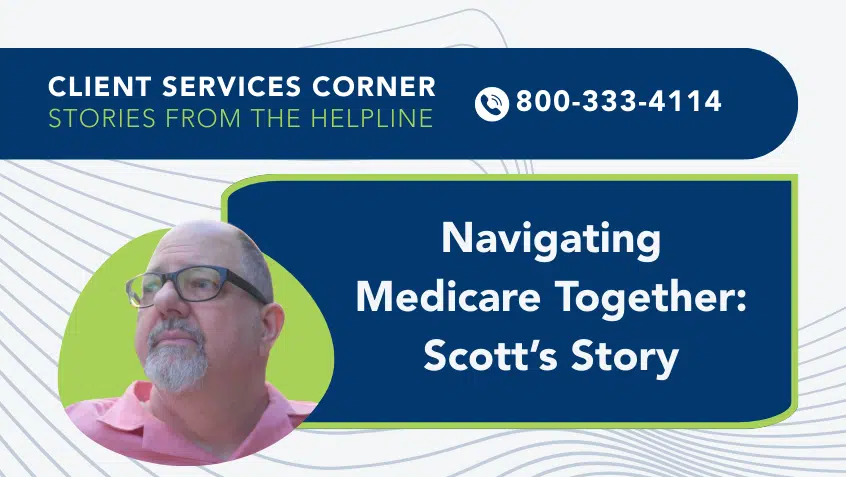Join Us Live for a Discussion on Medicare, Democracy, and the Future of Health Care
On the Anniversary of the Inflation Reduction Act: Significant Part D Changes Already in Action, More to Come

It has been two years since the passage of the Inflation Reduction Act of 2022 (IRA). The landmark legislation included critical and long-overdue updates to Part D, the prescription drug benefit for people with Medicare. The Drug Price Negotiation Program, which establishes, for the first time, a mechanism for Medicare to fight for the best possible price for beneficiaries for essential and expensive medications, has captured a lot of the attention around the IRA, and rightly so. The promise of better controlled drug prices for the over 50 million Americans with Part D is monumental. But the IRA included even more exciting changes for people with Medicare.
Some of the provisions of the bill went into effect quickly. Starting in January of 2023—only months after the law’s passage—recommended adult vaccines, including the shingles vaccine, were available with zero cost sharing and beneficiaries who take insulin benefitted from a $35 cap on monthly copays for those medications.
Other changes have been phased in. This year, for the first time in the program’s history, people with Part D were protected from potentially unlimited out-of-pocket costs because the IRA eliminated cost-sharing obligations in the catastrophic coverage phase. Also this year, the IRA’s expansions of the Low-Income Subsidy (“Extra Help”) mean that premium assistance and cost-sharing reductions for prescription drugs are fully available to people with limited resources and incomes below 150% of the federal poverty level.
Still more improvements are coming in 2025. The out-of-pocket limit, the maximum a beneficiary will spend for copays and coinsurance, will be lowered to $2,000. People will also have the ability to elect a payment plan, managed by their Part D plan, to spread the cost of their copays or coinsurance over the year. This will help people with high drug costs in the early months of the year to manage their budgets.
We celebrate each of these significant steps and look forward to the coming changes.
Show Comments
We welcome thoughtful, respectful discussion on our website. To maintain a safe and constructive environment, comments that include profanity or violent, threatening language will be hidden. We may ban commentors who repeatedly cross these guidelines.
Help Us Protect & Strengthen Medicare
Donate today and make a lasting impact
More than 67 million people rely on Medicare—but many still face barriers to the care they need. With your support, we provide free, unbiased help to people navigating Medicare and work across the country with federal and state advocates to protect Medicare’s future and address the needs of those it serves.
The Latest
Most Read
Add Medicare to Your Inbox
Sign up to receive Medicare news, policy developments, and other useful updates from the Medicare Rights.
View this profile on InstagramMedicare Rights Center (@medicarerights) • Instagram photos and videos









